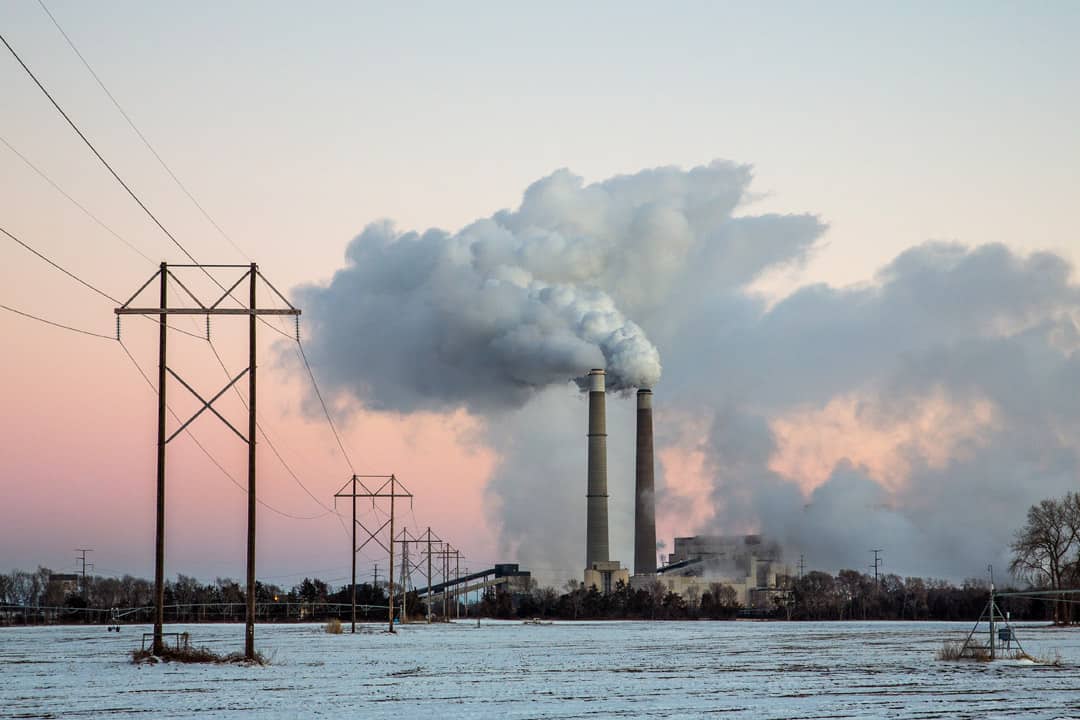The Pan-Canadian Framework on Clean Growth and Climate Change was introduced by Prime Minister Justin Trudeau in October 2016 in order to meet Canada’s obligation for reducing carbon dioxide emissions under the Paris Agreement. The plan aims to get Canadians and businesses to reduce their reliance on fossil fuels by placing a fee on each tonne of emission. It allowed all provinces and territories to implement their own carbon pricing scheme that would satisfy the federal benchmark.
On October 23, 2018, the federal government declared that Ontario would levy a federal carbon tax to address the climate crisis. The federal carbon tax is a fee that consumers pay when they purchase carbon-based fuels, which came into effect this April.
According to the Ontario government, the average Ontario household will pay $258 per year in 2019–2020 in carbon fees. This price is slated to go up to $648 per year in 2022–2023.
To help people with the financial burden of the carbon tax, the federal government introduced The Climate Action Incentive payments. Under this approach, households will receive a rebate at the end of the year after they fill out their tax returns. In Ontario, the average household will receive around $300, and factors like family size will be taken into consideration.
“If you are very wealthy, if you consume a lot, then you will [pay],” said Jessica Green, an Associate Professor in the Department of Political Science, in an interview with The Varsity. “But that’s precisely the kind of behaviour that we want to dissuade.”
One of the alternatives to the carbon tax is the system known as the cap-and-trade. The cap-and-trade program puts a limit on carbon dioxide emissions that a company can produce per year.
In fact, Ontario had already been under the cap-and-trade program. It came into effect on January 1, 2017, but as of July 3, 2018, it was terminated under the Ford government. In Ontario, if a corporation generated more than 25,000 tonnes of greenhouse gas emissions, it had to participate in the scheme.
When discussing the advantages and disadvantages of different fiscal policies that the federal government could implement to address the climate crisis, Green said that, “We can have discussions about which one is better, but ultimately that depends on how many allowances you release or what the price is that you set your tax at.”
“There is no doubt that the cap-and-trade system is much more complicated to administer than a tax,” she added.
At the same time, the effectiveness of the carbon tax as a way to battle the climate crisis also remains questionable.
“Taxes or cap-and-trade systems are not going to do that, particularly at the price point at which they are now,” said Green.
A recent report by the World Bank came to the conclusion that globally “both the amount of emissions covered by carbon pricing and the prices levels are still too low to meet the objectives of the Paris Agreement.”
In order for the carbon pricing initiative to be effective, it should be priced “at a level consistent with achieving the temperature goals of the Paris Agreement.” The World Bank estimates this price to be at least $53 per tonne of carbon dioxide by 2020 and $66 per tonne of carbon dioxide by 2030, compared to the current price set at $20 per tonne of greenhouse gas emissions.
“Carbon pricing alone is the drop in a bucket in actually addressing the climate change,” said Green.
This story is part of Covering Climate Now, a global collaboration of more than 300 news outlets to strengthen coverage of the climate story.


